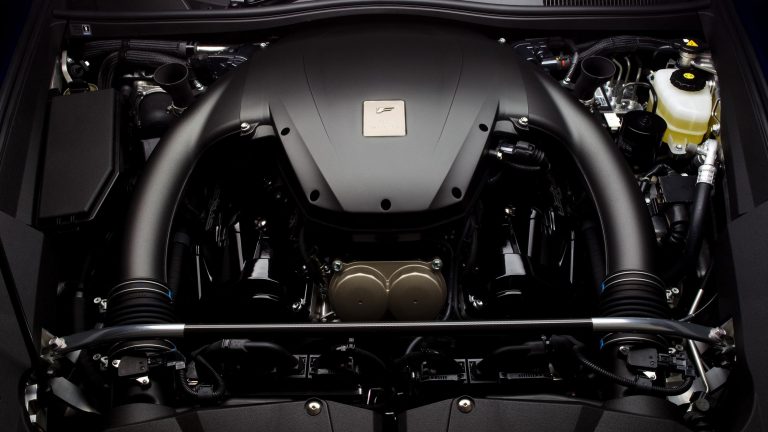[su_image_carousel source=”media: 51879,51880,51881,51882,51883,51884,51885,51886,51887,51888,51889″]
Introduction
Mazda’s ZY-VE was a 1.5-litre four-cylinder petrol engine that was first introduced in the Mazda DY Mazda2 and subsequently powered the DE Mazda2. The 1.5-litre ZY-VE shared its modular design with the 1.3-litre ZJ-VE engine, though the latter was not offered in Australian-delivered vehicles.
[su_table responsive=”yes”]
| Model | Engine | Trans. | Power | Torque | Years |
|---|---|---|---|---|---|
| Mazda DY Mazda2 | 1.5-litre petrol I4 | 5sp man., 4sp auto |
82kW at 6000rpm | 141Nm at 4000rpm | 2002-07 |
| Mazda DE Mazda2 | 1.5-litre petrol I4 | 5sp man., 4sp auto |
76kW at 6000rpm | 137Nm at 4000rpm | 2007-14 |
[/su_table]
Block and cylinder head
The ZY-VE engine had an aluminium-alloy cylinder block with 78.0 mm bores and a 78.2 mm stroke for a capacity of 1498 cc. The aluminium-alloy cylinder head had chain-driven double overhead camshafts (DOHC) and four valves per cylinder that were actuated by bucket tappets. For greater efficiency, low-friction surface treatments were applied to the camshafts and tappets.
Sequential Valve Timing (S-VT)
For the ZY-VE engine, Mazda’s ‘Sequential Valve Timing’ (S-VT) provided variable intake valve timing. The variable valve timing actuator consisted of a housing case that was integrated to the camshaft sprocket, a cover, a camshaft-integrated rotor and a stopper pin that locked the rotor and case when the engine stopped. The variable valve timing actuator contained two hydraulic chambers – a valve timing advance chamber and a valve timing retard chamber – which were located between the integrated housing of the camshaft sprocket and the camshaft integrated rotor. An oil pump supplied engine oil to each chamber and this pressure – controlled by the oil control valve (OCV) – varied the position of the camshaft relative to the sprocket.
Strategies for the S-VT may be summarised as follows:
- When idling or under light loads, valve overlap would be reduced so that less exhaust gas would be returned to the intake port – this stabilised idle speed and improved fuel economy;
- At medium loads, valve overlap would be increased to increase the exhaust gas recirculation ratio inside the cylinder – this reduced engine friction loss (pumping loss), lowered the combustion tempeature and reduced the nitrous oxides in exhaust gases;
- Under heavy loads and low-to-middle engine speeds, the intake valve would close early to enhance torque;
- Under heavy loads at high engine speeds, intake valve closure would be delayed to enhance power; and,
- At low temperatures, overlap would be minimised to prevent combusted gas from returning to the intake port and to reduce the additional fuel injection amount – this improved fuel economy and stabilised fast idle speed.
For the ZY-VE, the intake camshaft could be varied over a range of 40 degrees relative to the crankshaft. For the Mazda DY Mazda2, S-VT enabled the ZY-VE engine to produce 90 per cent of its peak torque (i.e. 127 Nm) from 1900 rpm. Furthermore, the ZY-VE engine had a 6500 rpm redline.
Intake and exhaust
For the ZY-VE engine, the intake system was located at the front of the engine and the exhaust system at the rear – this reduced the distance between the exhaust ports and catalytic converter, causing the catalyst to activate earlier. Furthermore, the ZY-VE engine had a long-branched 4-1 stainless steel exhaust manifold.
The intake manifold for the ZY-VE engine had an equal length 600 mm long intake manifold which, according to Mazda, improved intake efficiency at 3500 rpm and increased torque from 2000 rpm to 4500 rpm. Inside the intake manifold, there were Tumble Swirl Control Valves (TSCVs) to improve air/fuel mixing by controlling the strength of the tumble and swirl inside the combustion chambers. During light-load operations such, the valves would open to increase the velocity of the intake charge, improve mixture formation and reduce emissions. At higher engine speeds, the valves would open to enhance power output.
Variable Induction System (VIS)
For the Mazda DE Mazda2, the ZY-VE engine had a variable length intake manifold that was referred to by Mazda as a variable induction system or VIS. At low engine speeds, the intake runners would have a longer path to increase the pulsing effect of the airflow and draw more air into the cylinder. At higher engine speeds, however, a valve would open to shorten the length of the intake runners, reduce intake resistance and allow a greater volume of air into the cylinder for top-end power.
Combustion chamber
The ZY-VE engine had multi-point, electronic fuel injection (EFI). According to Mazda, the shape of the combustion chambers promoted effective ‘squish’ action while accelerating the air/fuel mixing process. Furthermore, the ZY-VE engine had a compression ratio of 10.0:1.



